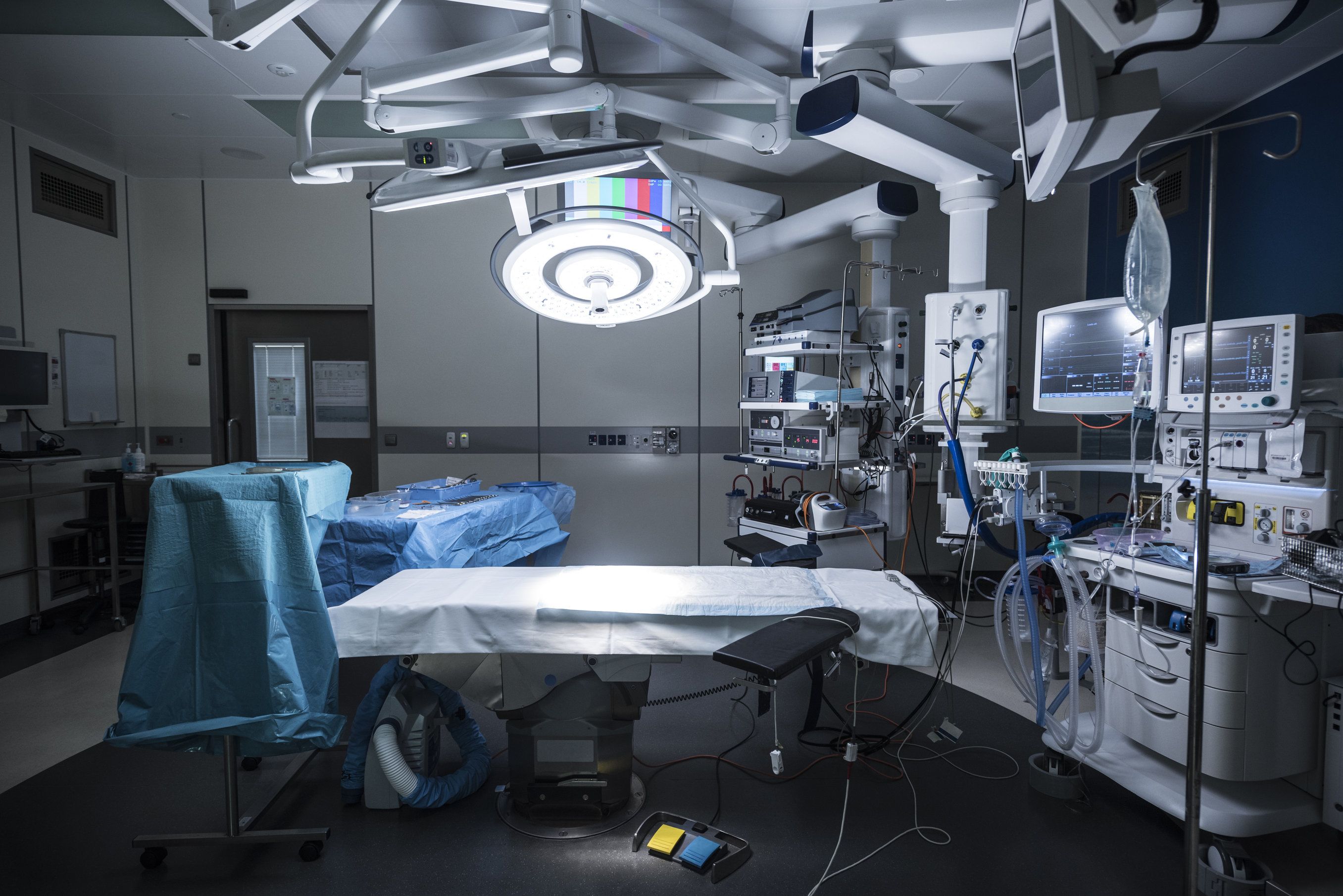Medical Malpractice: Sanitation and Sterilization Errors
 Even though major strides forward have been made in sterilization techniques and best practices, there is still a risk of infections while at hospitals and clinics. According to estimates from the Centers for Disease Control and Prevention (CDC), 1 in 31 hospital patients will experienced a healthcare-associated infection (HAI) in an average day.
Even though major strides forward have been made in sterilization techniques and best practices, there is still a risk of infections while at hospitals and clinics. According to estimates from the Centers for Disease Control and Prevention (CDC), 1 in 31 hospital patients will experienced a healthcare-associated infection (HAI) in an average day.
Just think about that HAI number for a moment and what that means when you’re visiting a loved one in a hospital or even just going to see your doctor. These types of preventable hospital errors could require patients to undergo additional, costly medical treatment. The Salt Lake City, UT medical malpractice lawyers at Younker Hyde Macfarlane, PLLC would like to go over potential causes of HAI.
Errors in Sterilization
All medical instruments must be sterilized to ensure that patients are not accidentally infected. Whether it’s surgery or a routine checkup, proper sterilization methods must be followed to limit the risk of infection.
Failure to Scrub and Wash Hands
Prior to any surgical procedure, all medical professional involved must thoroughly wash and scrub their hands and arms to prevent potential infection. Scrubs, gloves, face masks, and hairnets need to be worn. Failure to take these precautions can result in infection.
Failure to Dispose of Biohazardous and Medical Waste
Any biohazardous waste or materials must be properly disposed of and not left out in the open. This includes any blood, tissue, or bodily fluids, which are all potential sources of infection and illness. Additionally, medical waste such as bandages, dressings, syringes, and petri dishes must be properly disposed of to avoid infection risk to patients.
Dirty Bandages and Dressings Go Unchanged
If a patient require new bandages or dressings, these should be changed in a timely manner to prevent infection. When these dressing are replaced, the old dressings must be thrown away properly to prevent infection as well.
Unemptied Bedpans
When patients are unable to use the restroom, they are often given bedpans to urinate and move their bowels in a clean manner. If bedpans are not emptied by nurses, the risk of infection is high, both for the patient and any medical professionals.
Dirty Sheets and Beddings
When sheets and other beddings are not clean, there is a risk of infection for anyone who stays in a hospital bed. Regular cleanings must be done for all linens. Pillows and mattresses should similarly be replaced as needed to ensure clean and sanitary conditions.
Overflowing Garbage Receptacles and Waste Bins
Apart from biohazardous waste and medical waste, normal trash at a hospital or clinic could pose health hazards. When garbage receptacles are at capacity, they should be taken out. New bag liners should be placed in the bins as well.
Unclean Floors in Treatment and Common Areas
While it’s rare to be touching the floor at a medical facility with one’s hands, that is no excuse for floors in a hospital to be dirty. Regular sweeping and mopping must be done to keep floors clean, which prevents various sources of potential infection from being present.
Contact an Experienced Medical Malpractice Attorney
For more information about your legal rights and options, be sure to contact our team of medical negligence lawyers. The attorneys of Younker Hyde Macfarlane, PLLC are here to help you. Our law offices can be reached by phone at (801) 335-7025.



